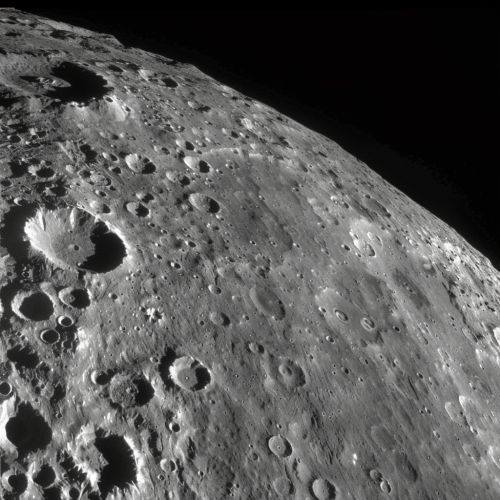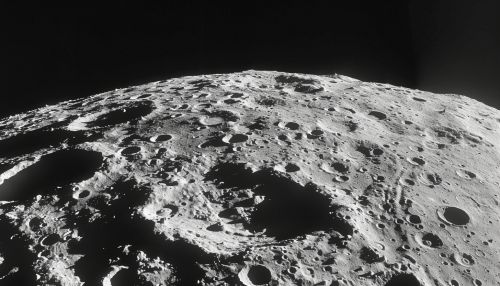Ceres
Introduction
Ceres is the largest object in the asteroid belt that lies between the orbits of Mars and Jupiter. With a diameter of about 940 kilometers, it is both the largest of the asteroids and the only unambiguous dwarf planet inside Neptune's orbit. It was discovered in 1801 by Giuseppe Piazzi, and is named after Ceres, the Roman goddess of growing plants, the harvest, and motherly love.
Discovery and Naming
Ceres was the first asteroid to be discovered, with its sighting taking place on 1 January 1801. It was discovered by astronomer Giuseppe Piazzi at the Palermo Astronomical Observatory in Sicily. He originally believed that he had discovered a comet, but its lack of a coma suggested it was a planet. The object was soon classified as an asteroid, and it was later found to be the largest object in the asteroid belt.
The name Ceres comes from the Roman goddess of agriculture, grain crops, fertility and motherly relationships. The name was proposed by Piazzi upon its discovery, and it was quickly accepted by the international astronomical community.
Classification
Ceres is classified as a dwarf planet, a category of bodies in the solar system distinct from both planets and asteroids. It is the only dwarf planet located in the asteroid belt, and it remains the smallest known dwarf planet in the solar system. Ceres is also the only object in the asteroid belt known to be unambiguously rounded by its own gravity, a characteristic of planets and dwarf planets.
Physical Characteristics
Ceres is a rock–ice body 940 km (580 mi) in diameter and the third-largest solar system body by volume and mass. It constitutes approximately a third of the mass of the asteroid belt. Its surface is a mixture of water ice and various hydrated minerals such as carbonates and clay. In January 2014, emissions of water vapor were detected from several regions of Ceres.


Orbit and Rotation
Ceres follows a slightly inclined and moderately eccentric orbit, ranging from 2.5577 AU (382.6 million km) from the Sun at perihelion to 2.9773 AU (445.4 million km) at aphelion. The period of Ceres' orbit is 4.60 years. Its axial tilt is relatively small, about 4 degrees.
Surface and Atmosphere
The surface of Ceres is relatively warm, with surface temperatures reaching -38 degrees Celsius at the equator. It is covered by a thin, dusty outer layer that overlays a mixture of rocky material and water ice. The surface shows evidence of recent and past geologic activity, including cryovolcanism.
Ceres has a very thin atmosphere, and evidence indicates that water vapor is ejected into space from its surface. Some of this vapor may come from volcanic ice eruptions on its surface, although the exact source of the water is unclear.
Exploration
Ceres has been visited by only one spacecraft: Dawn, which orbited from 2015 to 2018. The spacecraft revealed details of Ceres' surface and gave scientists data to understand its composition and structure. The mission was considered a success, and it greatly contributed to our understanding of this dwarf planet.
